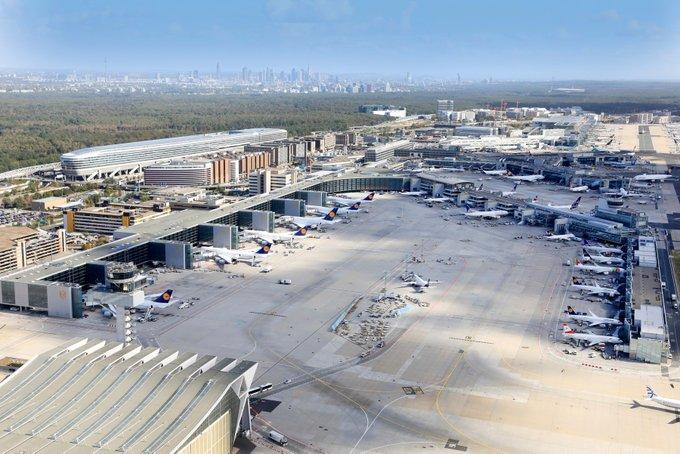
IATA is urging governments to replace travel quarantines with multi-step processes that would mitigate the risk of a COVID-19 infected passenger boarding a flight and reduce the chance of any infected person transmitting the disease.
Several countries that have reduced and contained their number of COVID-19 cases have introduced mandatory quarantines for incoming travelers. The UK announced its quarantine measures on June 8 despite strong opposition from British Airways owner IAG, easyJet and Ryanair.
The European Union is reported to be considering a ban on travelers from high-risk countries, including the U.S. IATA director general and CEO Alexandre de Juniac said in a media briefing June 24 that a decision had not yet been made, but IATA does not believe such bans are the solution.
Passenger surveys conducted by IATA show that quarantines are as effective as travel bans in dissuading people from flying, IATA chief economist Brian Pearce said. Some 85% of people said they would be concerned about being quarantined while traveling, the same percentage as those that said they would be concerned about catching COVID-19.
“Countries that allow flights but [have put in place] quarantines see almost no increase in travel,” Pearce said.
IATA is proposing to governments a set of alternative measures that would replace quarantines, allowing trade and tourism travel to resume that in turn will help stimulate economies. These include discouraging people with virus symptoms from flying and encouraging airlines to provide booking flexibility. Public travel health guidelines issued by ICAO earlier in June should be followed, including wearing of face covers, contactless check in, and health screening such as temperature checks.
IATA also encourages contact tracing to prevent virus cluster outbreaks should an infected traveler enter a country. De Juniac acknowledged that contact tracing is expensive but pointed out it was still less costly than losing trade and tourism revenue, which accounts for about 10% of GDP in many countries and is significantly higher in some regions.
Testing of travelers within 24 hours of their flight is another measure, but so far there is not a reliable, fast, scaleable and non-intrusive testing system that would be practical.
“What we say to governments is two things. We understand that you don’t want to re-import COVID-19, so you want to control the potential for passengers being infected and testing is the answer, but it’s not available,” de Juniac said. “But if you implement the multiple layers of the ICAO guidelines, it should significantly reduce the risk of transmission onboard or in country.”





